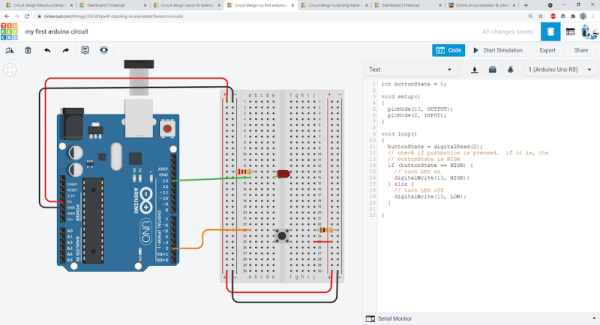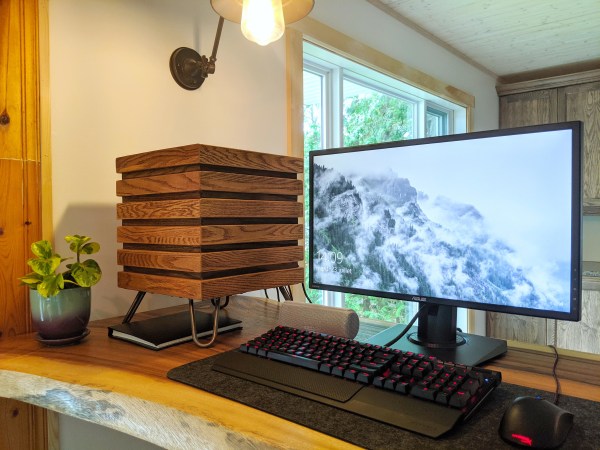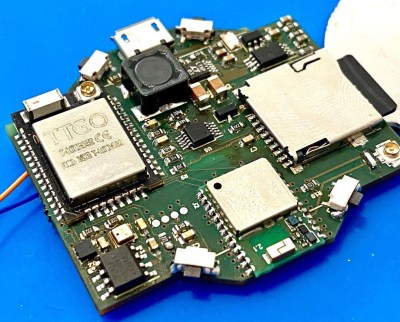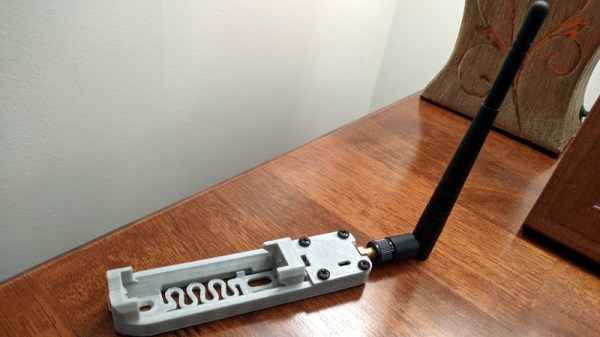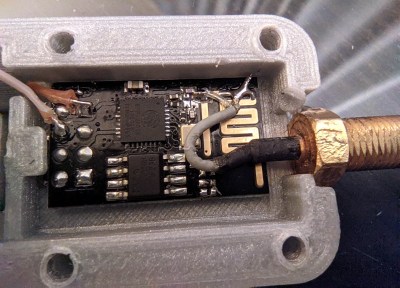While we’re not at all sick of the cyberdeck movement yet, we do have to admit that some of the builds we see are starting to fall into categories that are beginning to seem a little familiar. The clamshell aesthetic comes to mind, but really, with spaces for a display and a keyboard, the form factor is pretty much a natural for cyberdecking. Which is why we like this three-piece twist on the cyberdeck concept so much.
Like many cyberdeck builds, inspiration for the awesomely mustachioed [Max]’s deck came from the military surplus world. As the story goes, he has a smallish clamshell case that once held radio tools and supplies for the Bundeswehr. Figuring it would make the perfect case for half of a split keyboard, he tracked down a couple more of the sturdy aluminum cases and got to work. As a mechanical keyboard aficionado, [Max] already had PCBs that would fit into two of the cases, so he populated those with suitably clicky switches, came up with cool-looking faceplates, and connected the two boxes with retractile cables. The third case got a Raspberry Pi 4 with a trimmed-down heatsink, a battery and power management, and a generous touchpad and LCD panel display. A Kali Linux install completes the tacticool look.
The three-piece cyberdeck looks very cool when all wired up together, but [Max] needed one more piece to really sell it. So he 3D-printed a slipcase for all three units; painted in military colors and suitably distressed, the whole thing really just works. We’ve seen a lot of cyberdecks lately in all sorts of styles, but this one really pleases.
Continue reading “Three-Piece Cyberdeck Plays The Role Of Military Computer That Never Was”


